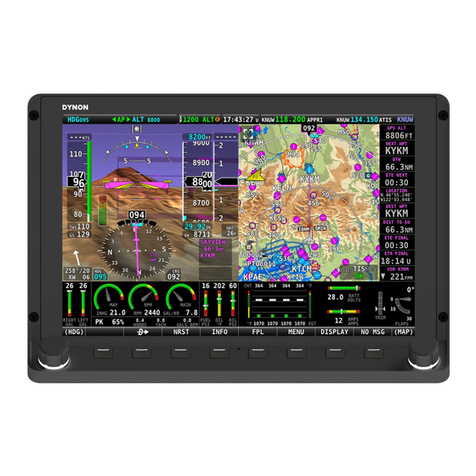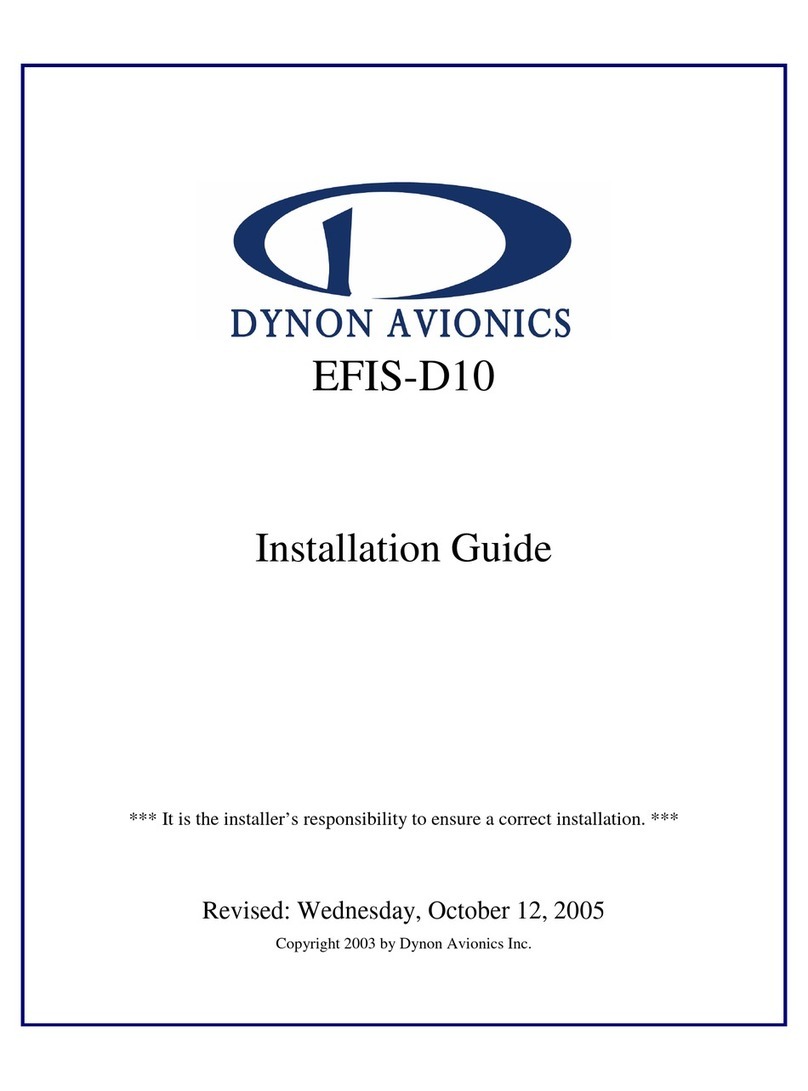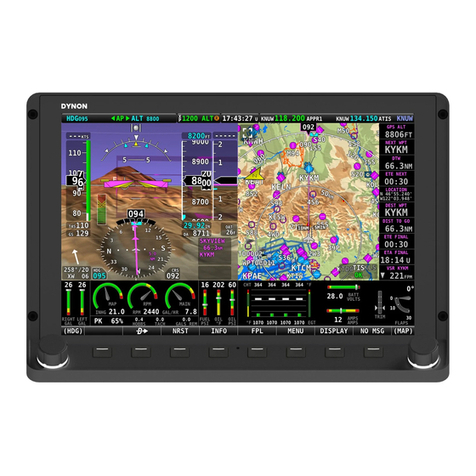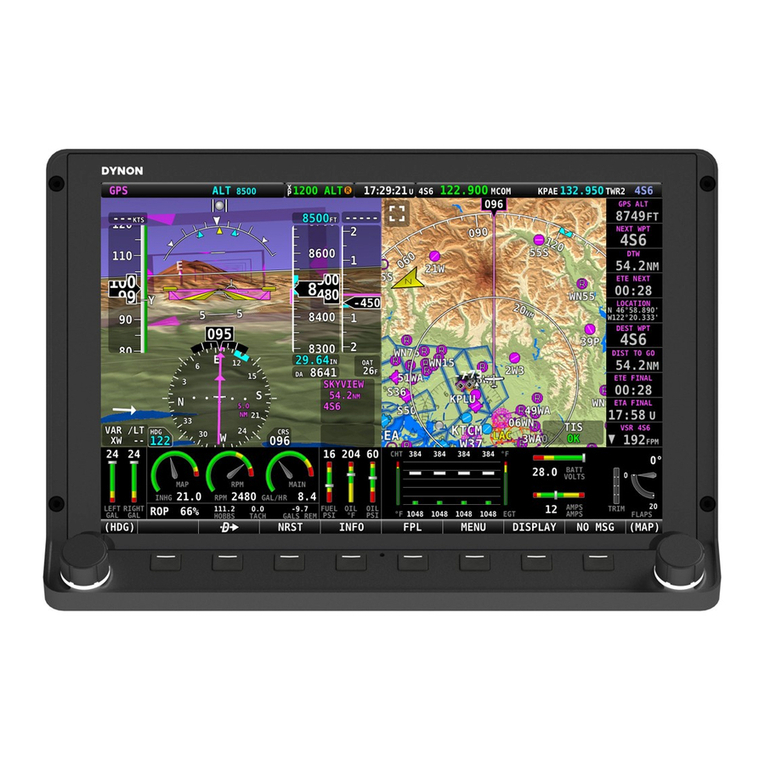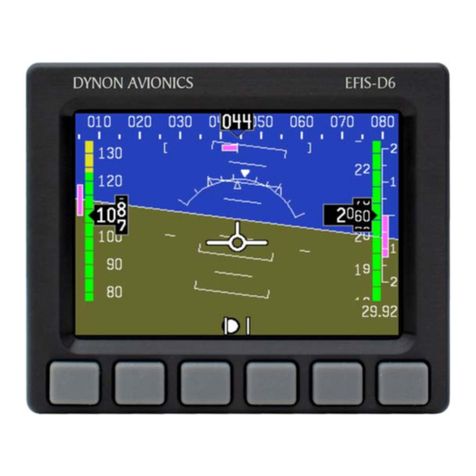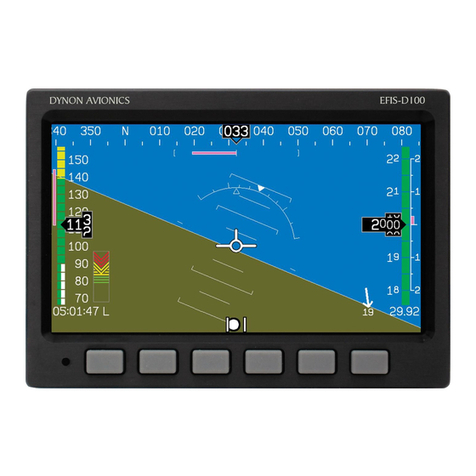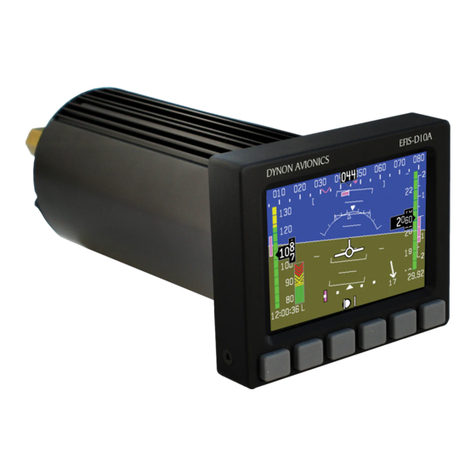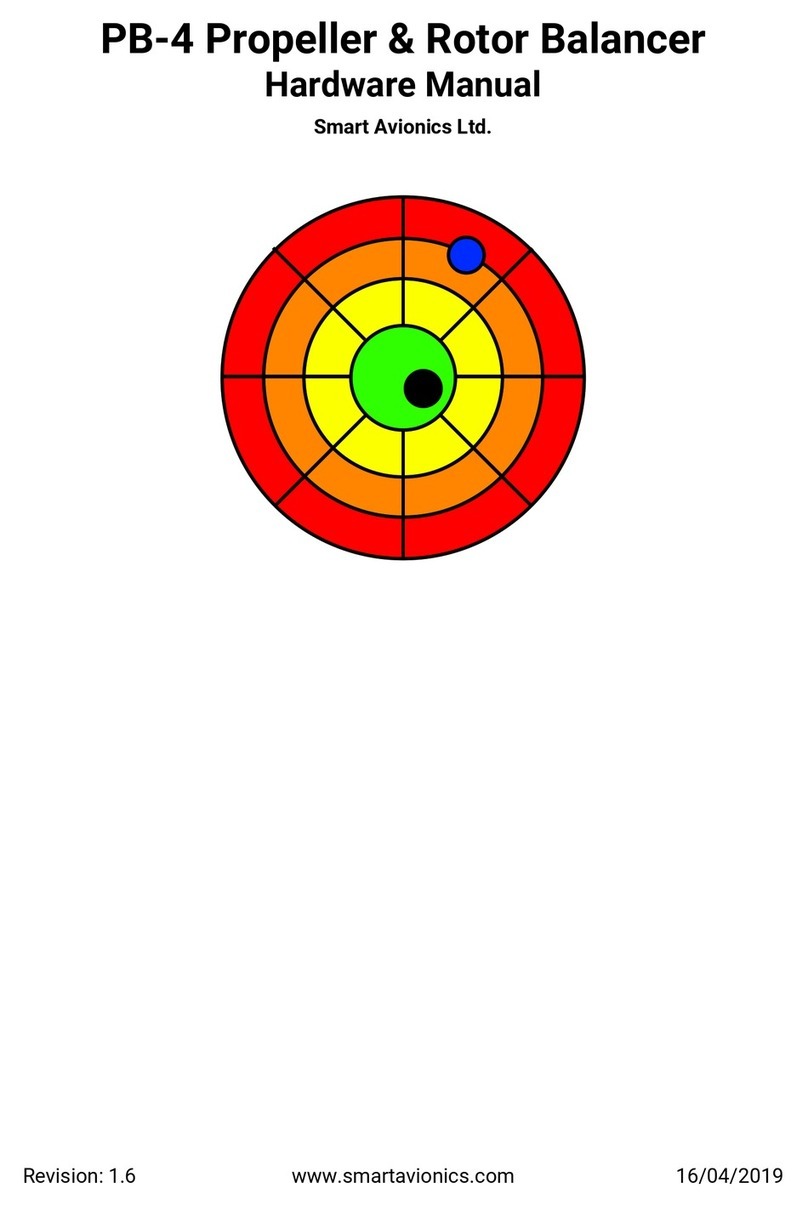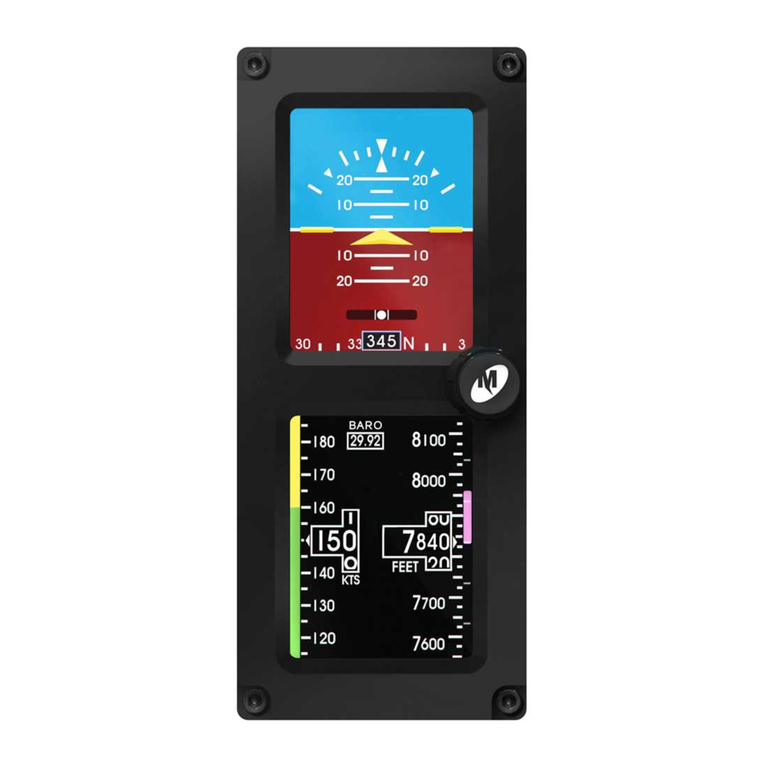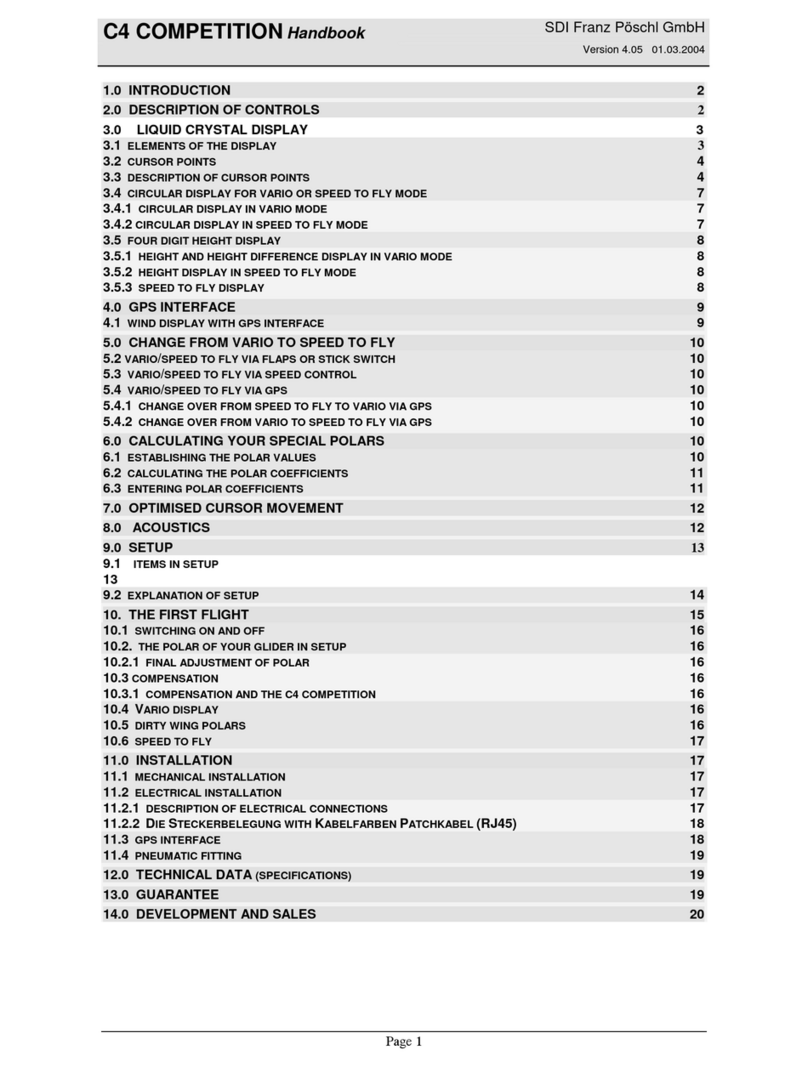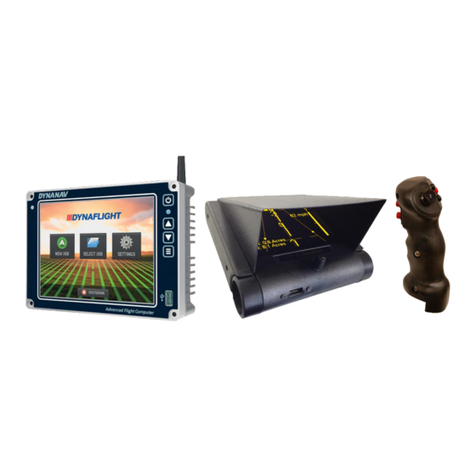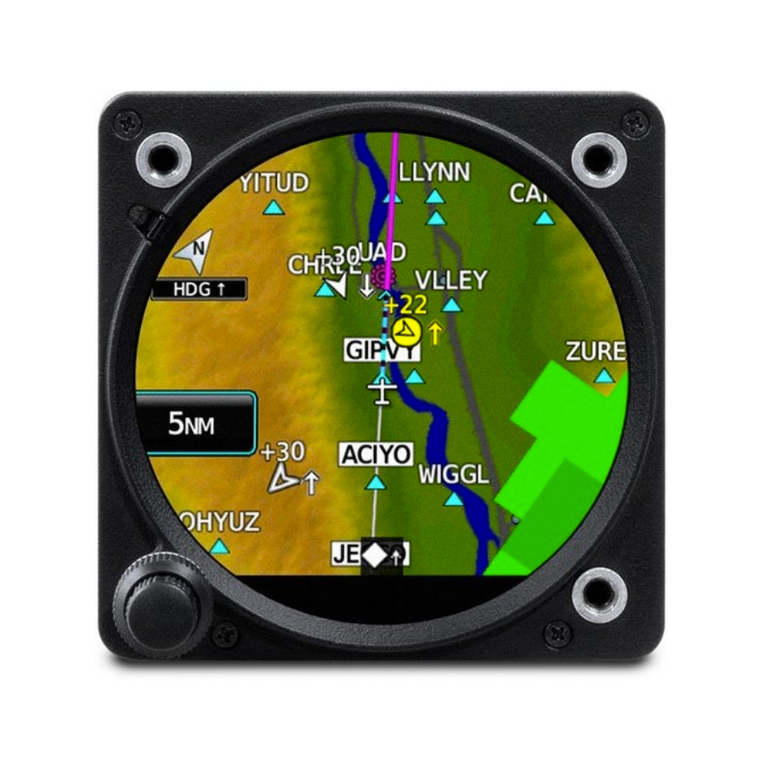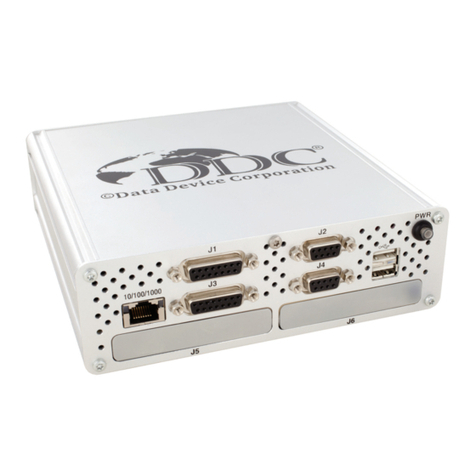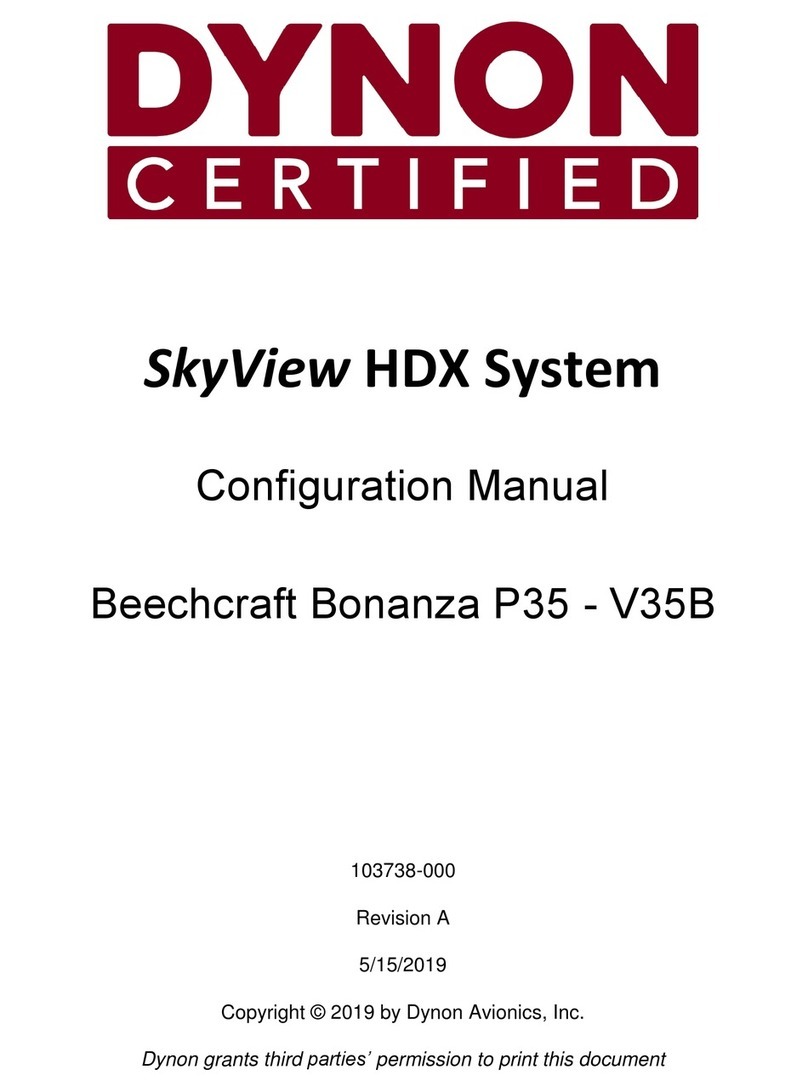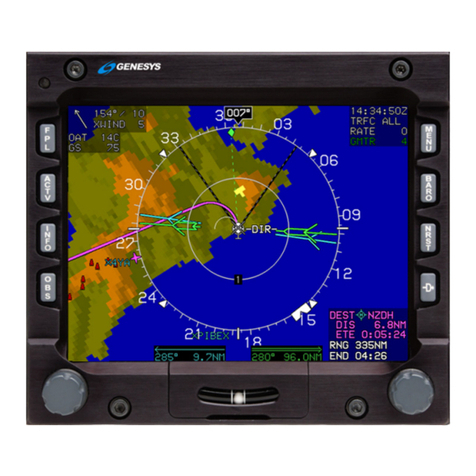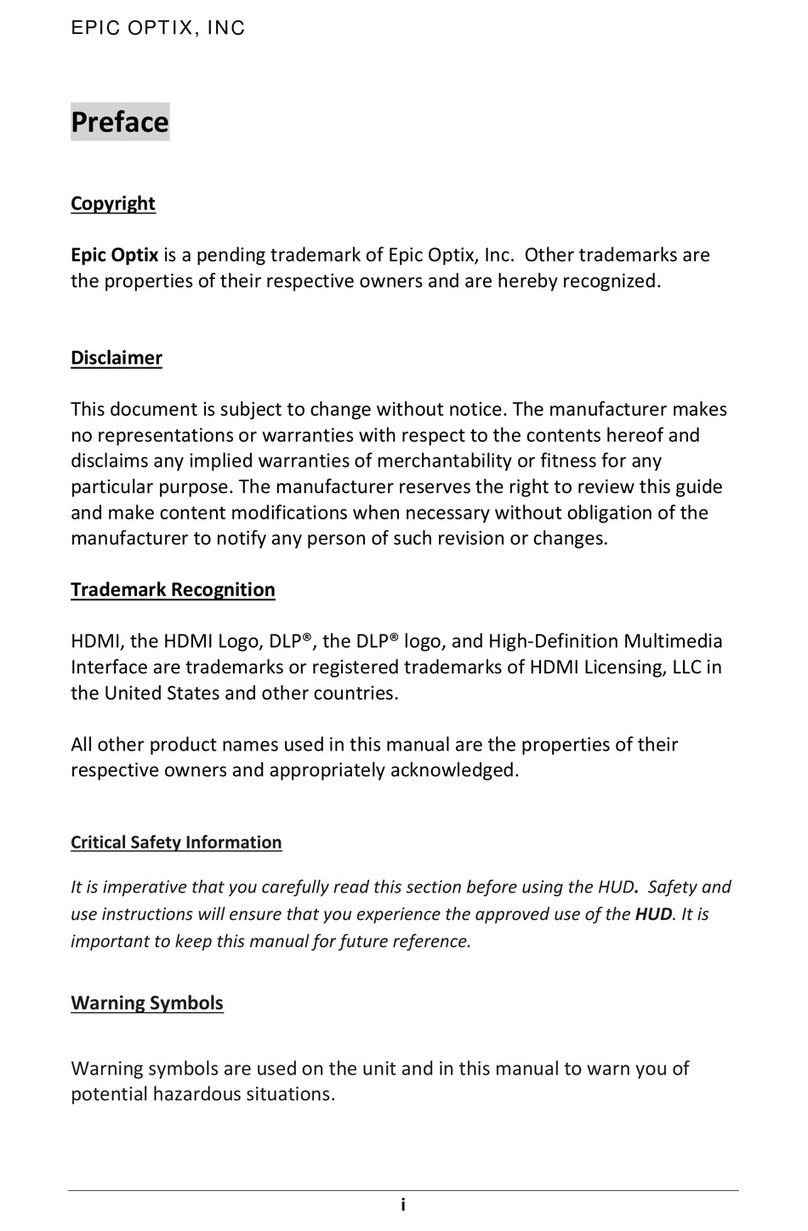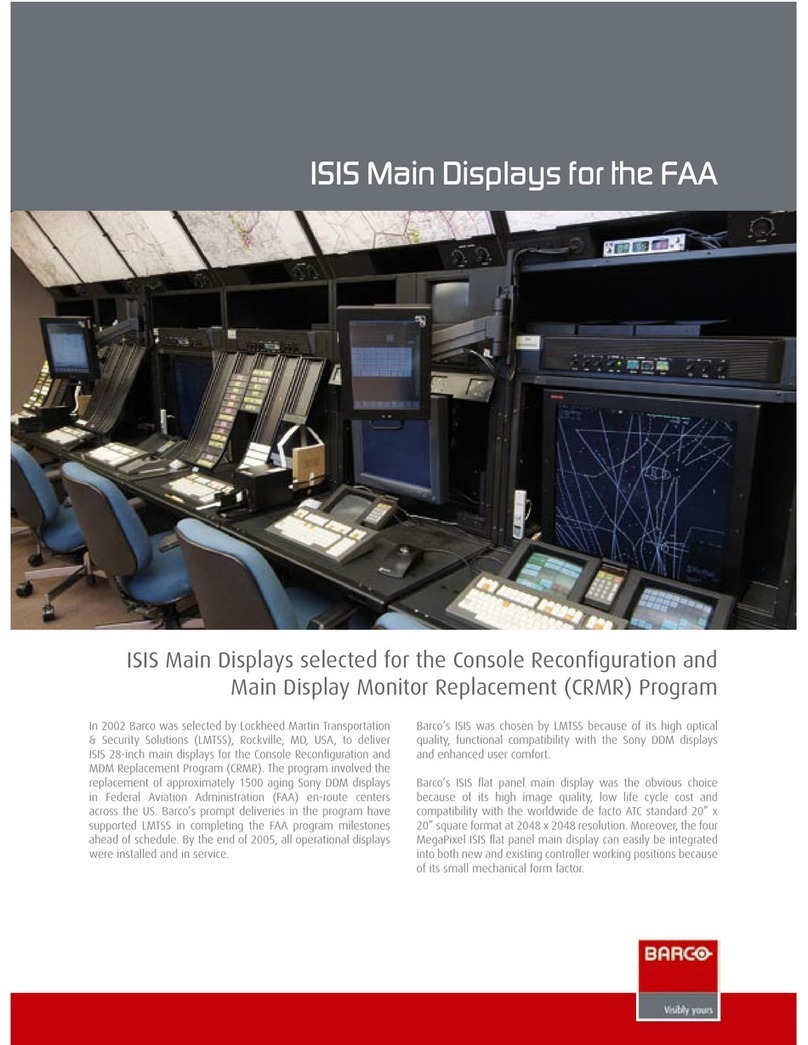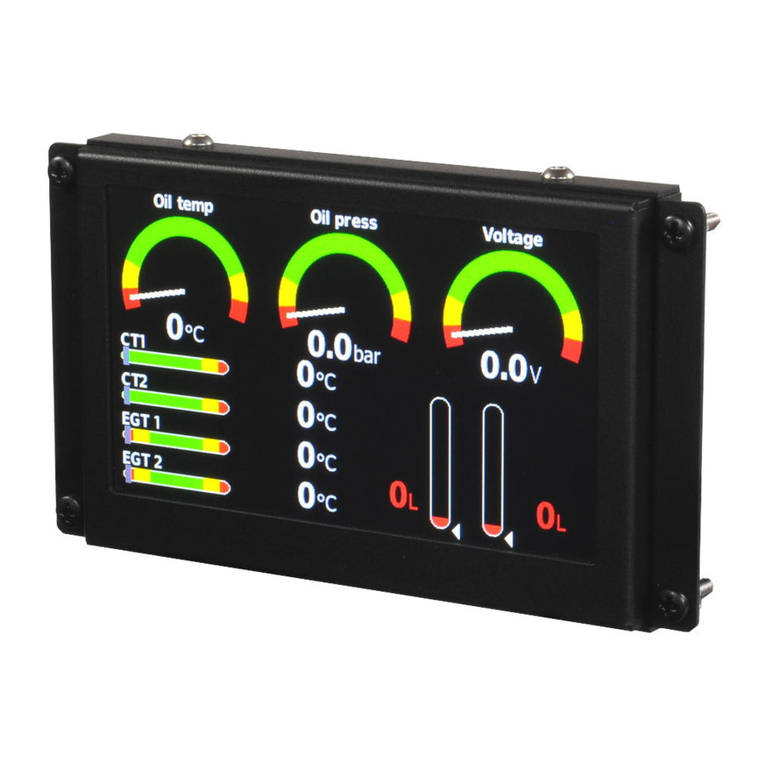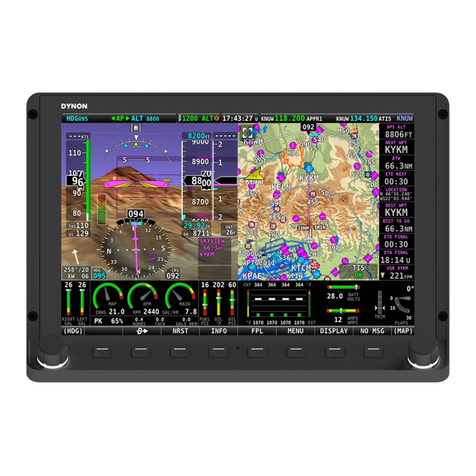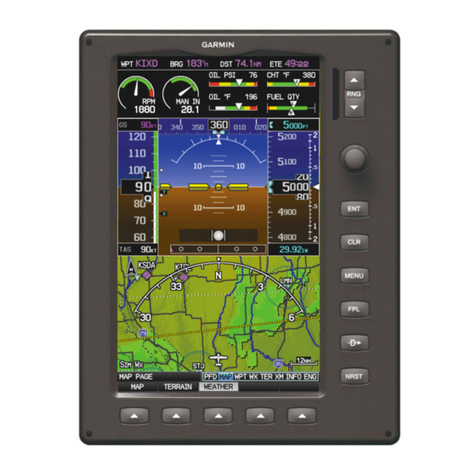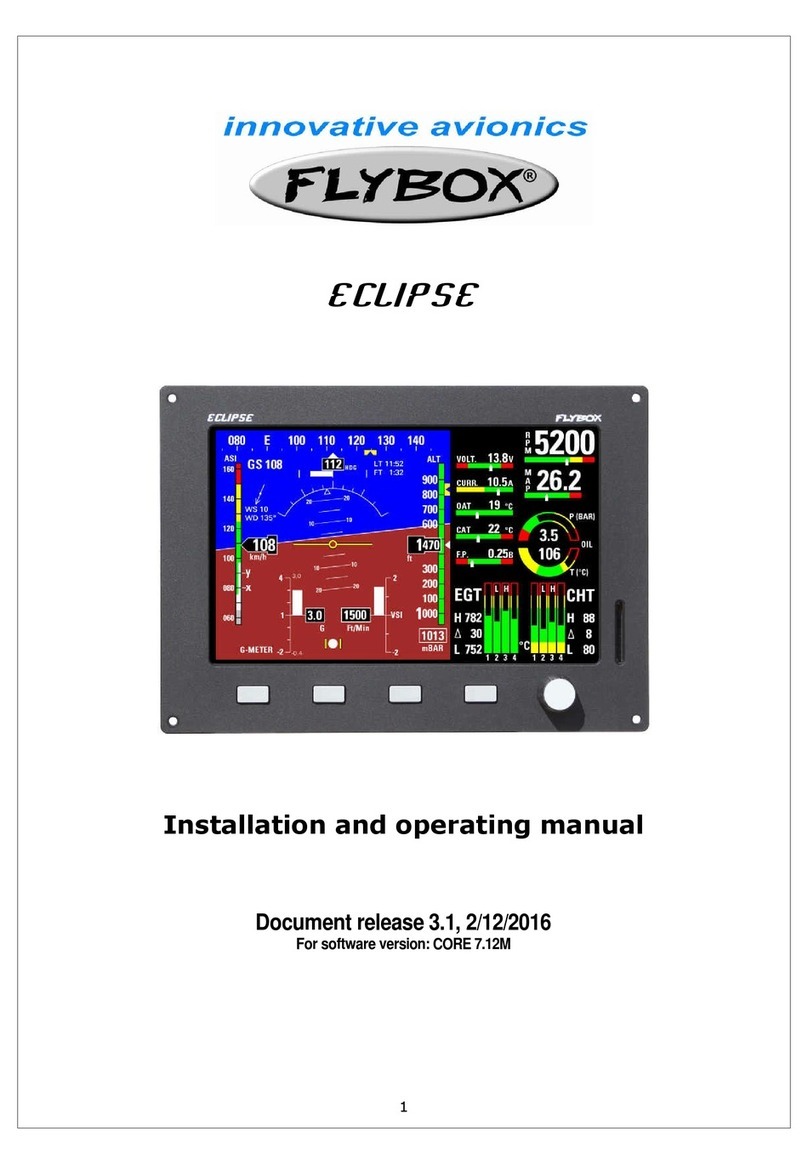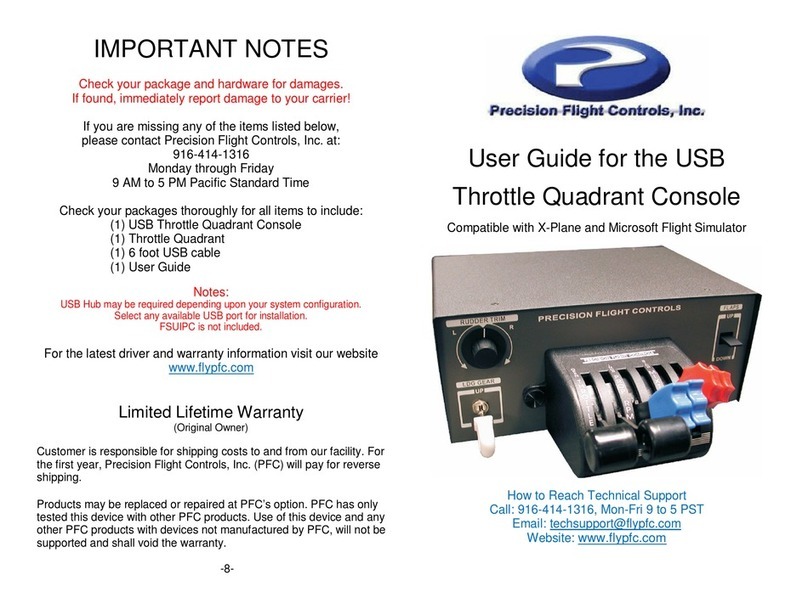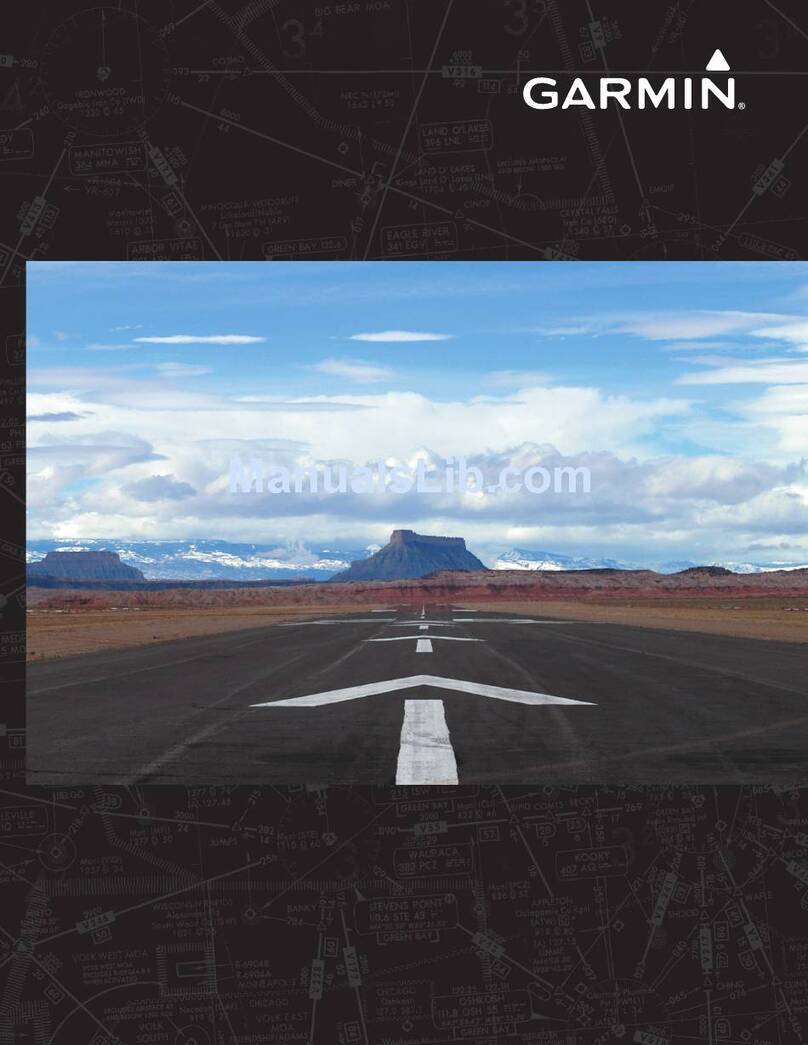
SkyView Pilot’s User Guide - Revision M ix
Table of Contents
Contact Information ..................................................................................................................................................... iii
Copyright ...................................................................................................................................................................... iii
Limited Warranty.......................................................................................................................................................... iii
Revision History ............................................................................................................................................................. v
1. Introduction 1-1
Before You Fly.............................................................................................................................................................1-1
Warning ......................................................................................................................................................................1-1
Dynon Avionics Product Registration .........................................................................................................................1-1
About this Guide.........................................................................................................................................................1-1
2. System Overview 2-1
SV-D700 and SV-D1000...............................................................................................................................................2-1
SV-ADAHRS-20X ..........................................................................................................................................................2-3
SV-EMS-22X ................................................................................................................................................................2-4
SV-GPS-250 .................................................................................................................................................................2-4
SV-BAT-320 .................................................................................................................................................................2-4
Autopilot Servos .........................................................................................................................................................2-5
Navigation Mapping Software (SV-MAP-270) ............................................................................................................2-5
SV-XPNDR-26X ............................................................................................................................................................2-5
SV-ADSB-470...............................................................................................................................................................2-5
3. SV-D700 and SV-D1000 Operation 3-1
Screen Synchronization ..............................................................................................................................................3-1
Display Bezel Layout ...................................................................................................................................................3-1
Joystick and Button Operation ...................................................................................................................................3-2
Menu Navigation ........................................................................................................................................................3-4
Basic Display Operation Procedures...........................................................................................................................3-5
Screen Layout Configuration ......................................................................................................................................3-7
4. PFD Operation 4-1
PFD Page Layout .........................................................................................................................................................4-1
PFD Symbology ...........................................................................................................................................................4-2
ADAHRS (Flight Instrument) Redundancy and Cross-Checking ................................................................................4-15
PFD Menu .................................................................................................................................................................4-19
5. EMS Operation 5-1
Engine Page Layout.....................................................................................................................................................5-1
Rotax 912 Behavior.....................................................................................................................................................5-2
Engine Menu...............................................................................................................................................................5-3
Timers .........................................................................................................................................................................5-5
Fuel Computer ............................................................................................................................................................5-6
VP-X Operation ...........................................................................................................................................................5-8
6. Transponder Operation 6-1
Transponder Status ....................................................................................................................................................6-1
Transponder Menu .....................................................................................................................................................6-2
Reported Pressure Altitude ........................................................................................................................................6-4
ADS-B OUT Transmissions ..........................................................................................................................................6-4
7. SV-MAP-270 Navigation Mapping Software 7-1
